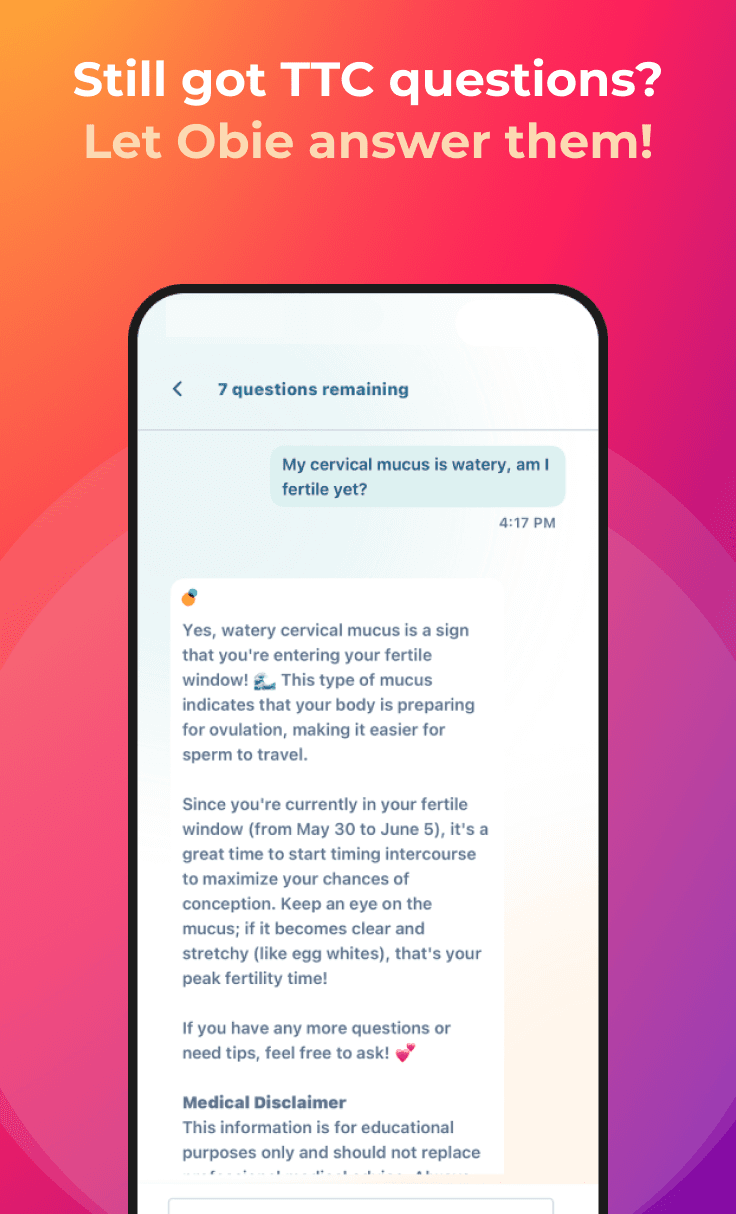Endometrial Receptivity and the Window of Implantation: What You Need to Know
Obie Editorial Team

The concept of “endometrial receptivity” refers to the unique state of the uterine lining when it is most prepared to accept an embryo. This period, often called the “window of implantation,” is a critical phase that can determine the success of both natural conception and assisted reproductive treatments.
During this window, the endometrium undergoes a series of changes under the influence of hormones, primarily estrogen and progesterone. These changes include:
- Thickening of the lining: The endometrium becomes rich in blood vessels and secretory cells.
- Expression of molecular markers: Specific genes are activated to create a welcoming environment for the embryo.
- Immune modulation: The body adapts to allow a semi-foreign entity (the embryo) to implant without triggering an immune response.
Understanding your window of implantation can be very empowering. For women undergoing in vitro fertilization (IVF) or other fertility treatments, precise timing of embryo transfer is crucial. Tools like the Endometrial Receptivity Array (ERA) test analyze the expression of key genes to pinpoint your personal window, thereby increasing the likelihood of a successful implantation.
Here are some practical suggestions to support endometrial receptivity:
- Monitor your cycle: Keep track of ovulation using apps, ovulation predictor kits, or basal body temperature charts.
- Follow your doctor’s advice: If you’re undergoing fertility treatment, your provider may suggest medications or supplements to optimize the uterine environment.
- Maintain a healthy lifestyle: A balanced diet, regular exercise, and stress management techniques can improve overall reproductive health.
- Discuss testing options: Ask your doctor if tests like the ERA might be beneficial for you.
It’s important to note that while the window of implantation is a well-defined period, it can vary from woman to woman. Individual differences in hormonal levels and endometrial responses mean that what works for one person might need adjustment for another. Recognizing this variability is essential in managing expectations and customizing fertility treatments.
The science behind endometrial receptivity continues to evolve. Researchers are discovering new biomarkers and therapeutic approaches that could make it easier to identify and even extend the implantation window, offering hope for those facing implantation challenges.
Ultimately, understanding your body’s unique timeline can help you work more effectively with your healthcare team. With personalized care, the journey to a successful implantation can be navigated with greater confidence and success.
Source:
Díaz-Gimeno, P., et al. (2013). Endometrial receptivity analysis: transcriptomic diagnosis and personalized embryo transfer. Reproductive BioMedicine Online.








